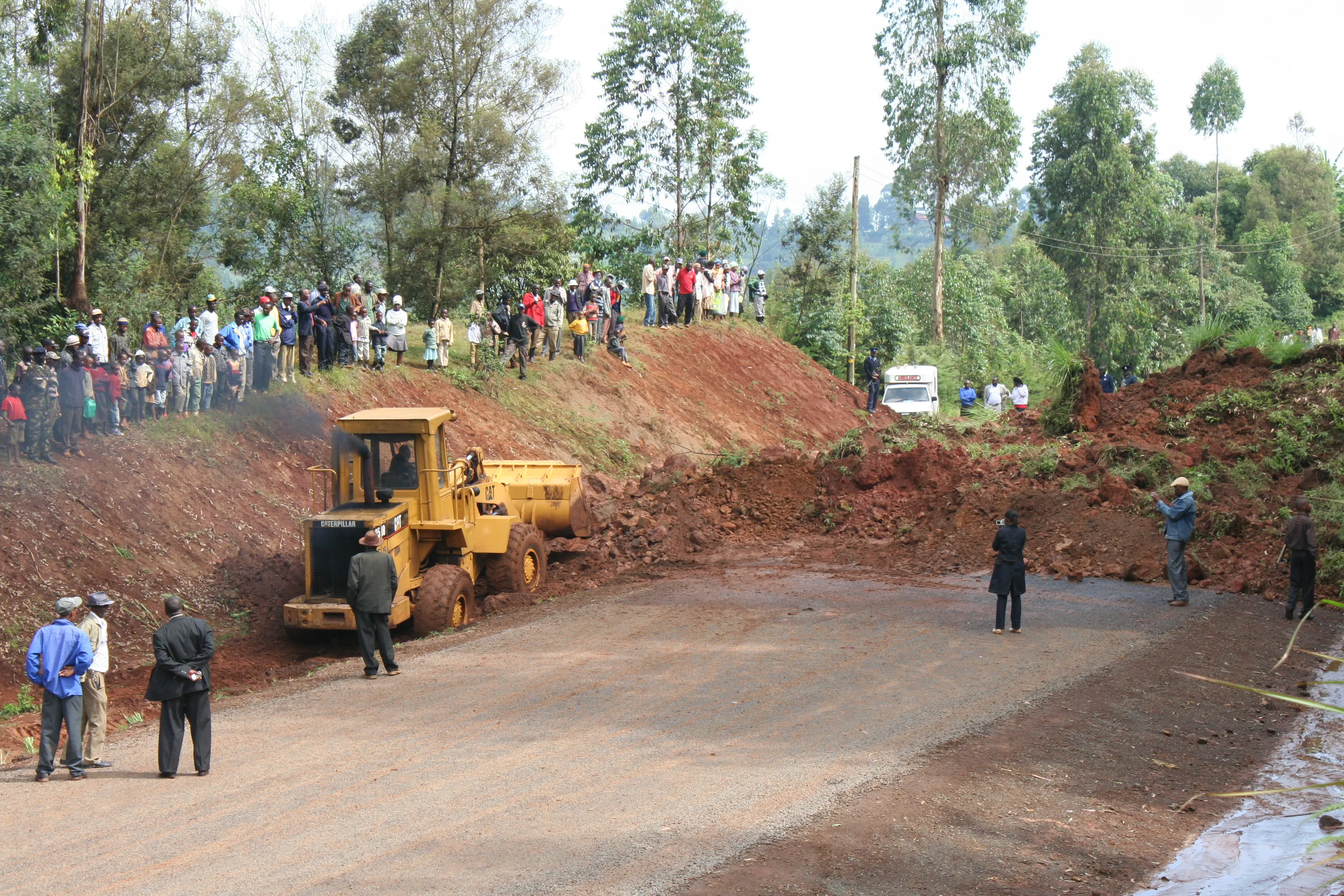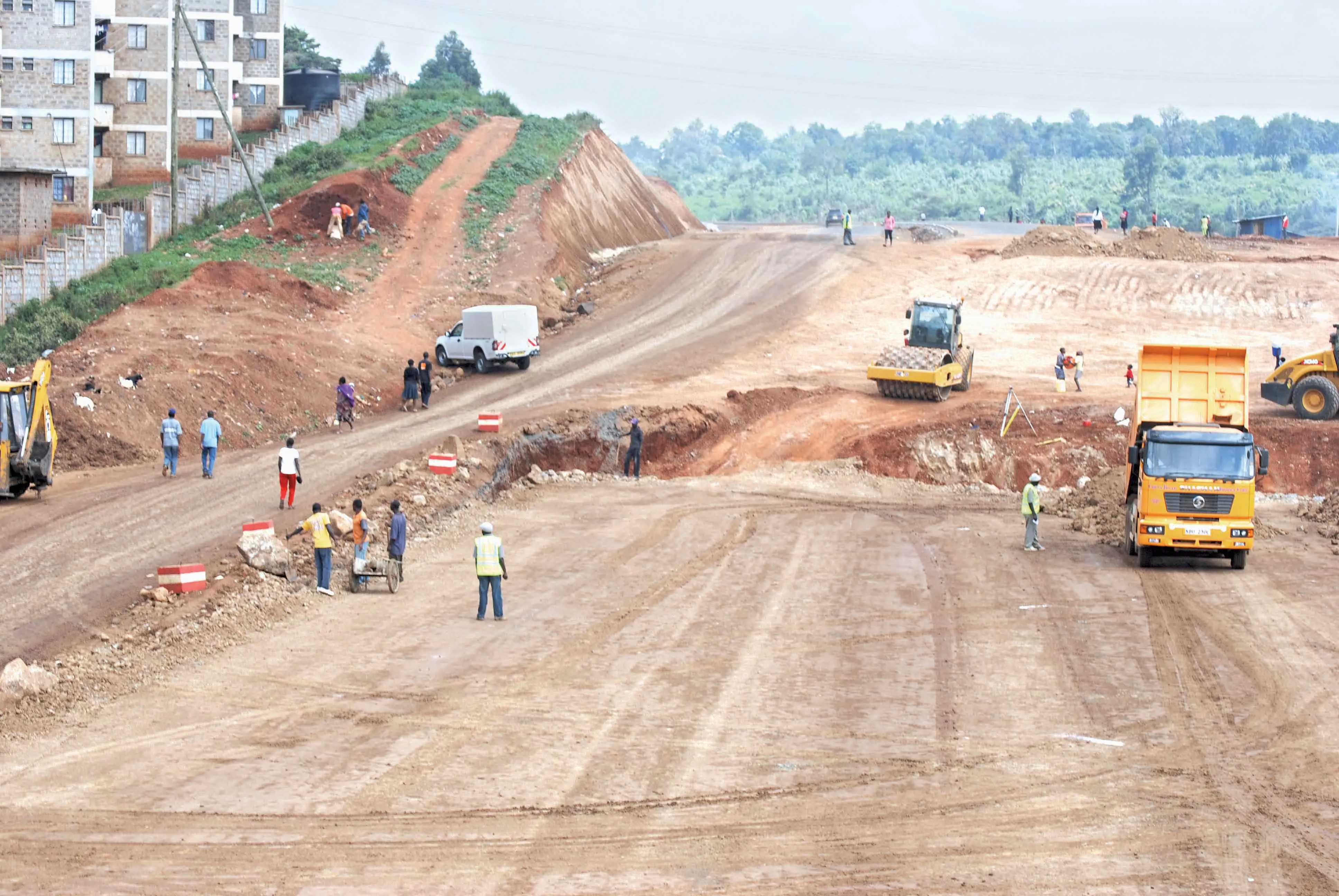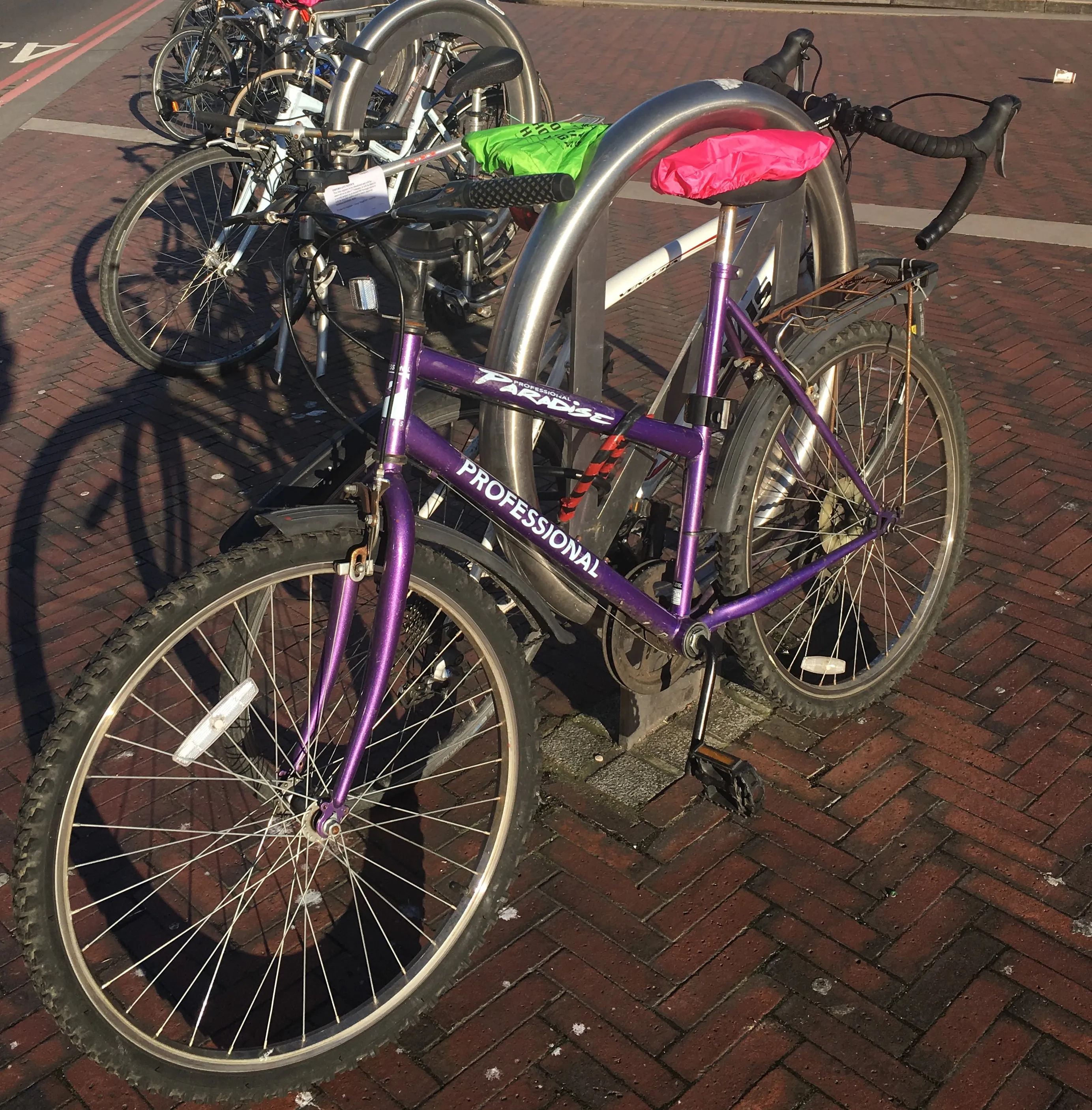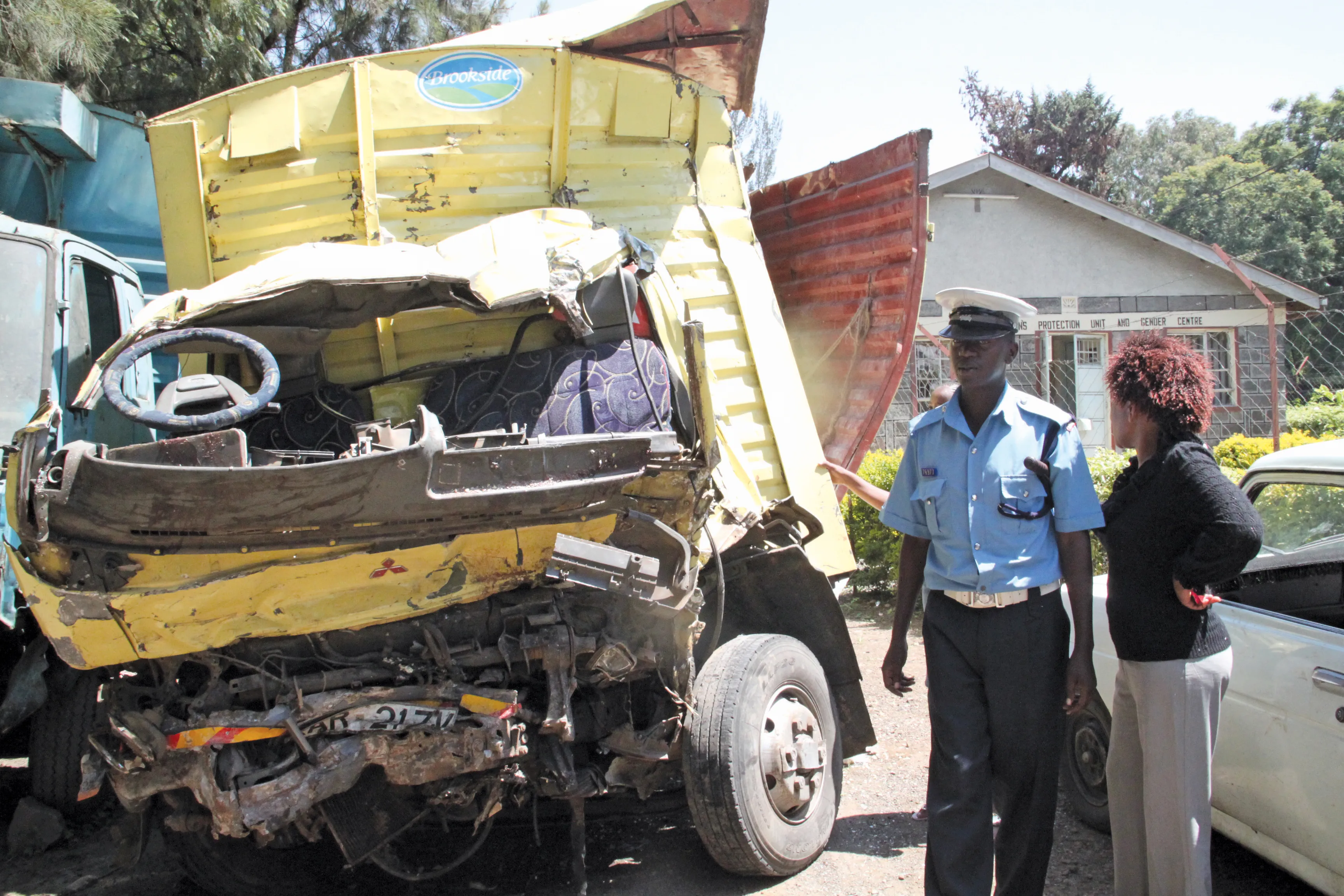Developing safety for non-motorised transport in East Africa - Shem Oirere writes. Despite increasing national budgetary allocations for the road sector in recent years, governments in East Africa have made very low investments in non-motorised transport (NMT). This is despite the fact that both Kenya and Uganda have recently passed a policy on pedestrian and cycling safety. In Kenya, the County government of Nairobi, the country’s capital, has embraced a NMT policy, while in Uganda the government has passe
September 13, 2016
Read time: 5 mins

Developing safety for non-motorised transport in East Africa - Shem Oirere writes
Despite increasing national budgetary allocations for the road sector in recent years, governments in East Africa have made very low investments in non-motorised transport (NMT). This is despite the fact that both Kenya and Uganda have recently passed a policy on pedestrian and cycling safety. In Kenya, the County government of Nairobi, the country’s capital, has embraced a NMT policy, while in Uganda the government has passed a national law that promotes the safety of non-motorised users.
The need for NMT investments in East Africa, like elsewhere in Sub-Saharan Africa, is driven mainly by the increasing urban population and growing traffic accident numbers especially in the cities of Nairobi and Dar es Salaam.
In Kenya, the United National Environmental Programme (Unep) estimates that 47% of the urban population use walking as its mode of transport while cycling and transit cater for 1.2% and 33% respectively.
Unep says in Nairobi 47% of the population use, “…walking as their main daily mode but investment strategies have continued to focus on road infrastructure and moving cars, not people.”
“The incident rate among pedestrians and cyclists in Nairobi is extremely high with 2014 road incident data showing that out of 723 fatalities, some 507 or 70% of them were pedestrians.”
Despite the increasing pedestrian fatalities, more national and country road investments are going to motorised transport to cater for the growing vehicles on Nairobi’s roads. It is estimated that 15% of all trips in the city are made by private cars which despite their minimal contribution to general population transport “dominate in numbers on Nairobi roads and streets.”
“For decades, plans throughout the city for new roads construction and upgrades have only partially provided physical infrastructure for NMT users who are at greater risk of accidents as they share a common right of way with motorised transport,” said Evans Kidero, governor of Nairobi City County.
Another estimated 3 million people are moved within the city using the more than 60,000 public passenger vehicles operated mainly by the private sector.
The Nairobi County Government has recently formulated and approved a NMT not only to enhance the safety of pedestrians and cyclists but also to tempt more people away from using motorised transport, which has become a nightmare because of the worsening congestion within the capital city.
It is estimated that total traffic flows in Nairobi have increased by 1.69 times between 2004 and 2013, and car ownership rate increased to 0.290 from 0.233 within the same period, according to the reports by the county government.
During these nine years, private cars measured by volumes on the roads increased by 106,000, accounting for 63% of total vehicle population increase, according to the report. Meanwhile motorcycles journeys increased 9.4 times and light truck journeys increased by 3 times.
“Lack of traffic management and poorly organised public transit further contribute to the congestion problem,” said Mohammed Abdullahi, the Nairobi county executive for Transport, Roads and Public Works.
He said over the next five years, the City authorities will ensure at least 20% of its existing and future transport budget is allocated to NMT and public transport infrastructure and services while all annual road and transport improvement project estimates, “…shall include costs related to planned NMT interventions covering both development and maintenance and available to the public.”
A NMT Round Table held in March at the Unep headquarters in Nairobi was told the City lacks “a coherent strategy for improving NMT” and the improvements, if any, “…are in piecemeal and not adding up to a network of NMT infrastructure.”
In Tanzania’s capital Dar es Salaam less than 50% of the city's 4.5 million population use motorised transport while the rest use NMT modes. However, there is apathy in the use of cycling in the City because of the fear of road accidents that authorities blame on speeding of motorised traffic and low levels of traffic rule compliance by the minibus share taxis or Dala dala drivers. The minibuses are known for being overcrowded and their unsafe speeds.
“The same reasons have curtailed walking along the major corridors especially because of the difficulties and danger associated with crossing the road between intersections,” according to a previous report by Professor Theophil Rwebangira, for the International Labour Organisation. “Safety is the most important reason not to cycle on the main corridors or to consider cycling as a potential mode for such a trip.”
He said Dar es Salaam lacks “a continuous direct route for cycling or walking in many areas” with many people prevented from walking or cycling by, “…the obstruction of the few existing pedestrian and cycle lanes by parked cars or kiosks.”
Implementation of the six-phase Dar es Salaam Bus Rapid Transit project, whose $147 million first phase was commissioned in May with financing from the African Development Bank and the World Bank, provides an opportunity to incorporate NMT in the City’s existing urban transport system.
Under a contract by945 Strabag International, the existing road was widened to include new cycling routes and walkways.
Michael King, a promoter and advocate for better streets told the Unep NMT Round Table in Nairobi public and private promoters of NMT should target, “…identifying a receptive audience or people who are already changed or willing to change and work with them, such as development agencies and banks.”
King also called for use of the existing good design guidelines in designing of streets and roads with NMT facilities such as those promoted by the World Bank, EMBARQ, ITDP, NACTO, and GIZ.
“Many national guidelines are not reflective of best practices or current thinking on basic street design, NMT inclusive, and outdated highway design manuals are being used to dictate how urban streets are being built,” he said.
Despite increasing national budgetary allocations for the road sector in recent years, governments in East Africa have made very low investments in non-motorised transport (NMT). This is despite the fact that both Kenya and Uganda have recently passed a policy on pedestrian and cycling safety. In Kenya, the County government of Nairobi, the country’s capital, has embraced a NMT policy, while in Uganda the government has passed a national law that promotes the safety of non-motorised users.
The need for NMT investments in East Africa, like elsewhere in Sub-Saharan Africa, is driven mainly by the increasing urban population and growing traffic accident numbers especially in the cities of Nairobi and Dar es Salaam.
In Kenya, the United National Environmental Programme (Unep) estimates that 47% of the urban population use walking as its mode of transport while cycling and transit cater for 1.2% and 33% respectively.
Unep says in Nairobi 47% of the population use, “…walking as their main daily mode but investment strategies have continued to focus on road infrastructure and moving cars, not people.”
“The incident rate among pedestrians and cyclists in Nairobi is extremely high with 2014 road incident data showing that out of 723 fatalities, some 507 or 70% of them were pedestrians.”
Despite the increasing pedestrian fatalities, more national and country road investments are going to motorised transport to cater for the growing vehicles on Nairobi’s roads. It is estimated that 15% of all trips in the city are made by private cars which despite their minimal contribution to general population transport “dominate in numbers on Nairobi roads and streets.”
“For decades, plans throughout the city for new roads construction and upgrades have only partially provided physical infrastructure for NMT users who are at greater risk of accidents as they share a common right of way with motorised transport,” said Evans Kidero, governor of Nairobi City County.
Another estimated 3 million people are moved within the city using the more than 60,000 public passenger vehicles operated mainly by the private sector.
The Nairobi County Government has recently formulated and approved a NMT not only to enhance the safety of pedestrians and cyclists but also to tempt more people away from using motorised transport, which has become a nightmare because of the worsening congestion within the capital city.
It is estimated that total traffic flows in Nairobi have increased by 1.69 times between 2004 and 2013, and car ownership rate increased to 0.290 from 0.233 within the same period, according to the reports by the county government.
During these nine years, private cars measured by volumes on the roads increased by 106,000, accounting for 63% of total vehicle population increase, according to the report. Meanwhile motorcycles journeys increased 9.4 times and light truck journeys increased by 3 times.
“Lack of traffic management and poorly organised public transit further contribute to the congestion problem,” said Mohammed Abdullahi, the Nairobi county executive for Transport, Roads and Public Works.
He said over the next five years, the City authorities will ensure at least 20% of its existing and future transport budget is allocated to NMT and public transport infrastructure and services while all annual road and transport improvement project estimates, “…shall include costs related to planned NMT interventions covering both development and maintenance and available to the public.”
A NMT Round Table held in March at the Unep headquarters in Nairobi was told the City lacks “a coherent strategy for improving NMT” and the improvements, if any, “…are in piecemeal and not adding up to a network of NMT infrastructure.”
In Tanzania’s capital Dar es Salaam less than 50% of the city's 4.5 million population use motorised transport while the rest use NMT modes. However, there is apathy in the use of cycling in the City because of the fear of road accidents that authorities blame on speeding of motorised traffic and low levels of traffic rule compliance by the minibus share taxis or Dala dala drivers. The minibuses are known for being overcrowded and their unsafe speeds.
“The same reasons have curtailed walking along the major corridors especially because of the difficulties and danger associated with crossing the road between intersections,” according to a previous report by Professor Theophil Rwebangira, for the International Labour Organisation. “Safety is the most important reason not to cycle on the main corridors or to consider cycling as a potential mode for such a trip.”
He said Dar es Salaam lacks “a continuous direct route for cycling or walking in many areas” with many people prevented from walking or cycling by, “…the obstruction of the few existing pedestrian and cycle lanes by parked cars or kiosks.”
Implementation of the six-phase Dar es Salaam Bus Rapid Transit project, whose $147 million first phase was commissioned in May with financing from the African Development Bank and the World Bank, provides an opportunity to incorporate NMT in the City’s existing urban transport system.
Under a contract by
Michael King, a promoter and advocate for better streets told the Unep NMT Round Table in Nairobi public and private promoters of NMT should target, “…identifying a receptive audience or people who are already changed or willing to change and work with them, such as development agencies and banks.”
King also called for use of the existing good design guidelines in designing of streets and roads with NMT facilities such as those promoted by the World Bank, EMBARQ, ITDP, NACTO, and GIZ.
“Many national guidelines are not reflective of best practices or current thinking on basic street design, NMT inclusive, and outdated highway design manuals are being used to dictate how urban streets are being built,” he said.









